The Station | Xbox One | Review19/2/2018 Upon discovering a planet with a biome conducive to habitation, Axiom Space Agency deploy a probe to scan the new world. They find intelligent life and decide it's prudent to observe this species before making first contact. The messages are prominent enough to easily draw the eye, ensuring you won't miss a single one, whilst fitting in nicely with the game’s futuristic aesthetic. Visually it evokes a certain familiarity, contrasting dark blues and greys with stark, gleaming whites. Further accentuating this with bright neon hues makes the Espial feel like any of the other spacecraft we've served on throughout our gaming career, though a pervasively uneasy atmosphere does serve to set it apart. The Station’s narrative is masterfully weaved, giving hints throughout to those with a keen eye. Which brings us to the real draw: the plot. The Station’s narrative is masterfully weaved, giving hints throughout to those with a keen eye, but ultimately keeping you in the dark until it reaches its climax. Everything comes together right at the very end, which left us mentally replaying key moments and realising their significance as the credits rolled. The accompanying musical score is barely noticeable at first, allowing you to fully concentrate on the audio messages and sounds coming from elsewhere on the ship, before building to a shattering crescendo as you approach the finish line, adding more than a note of tension. You can expect the whole experience to last an hour or two, depending on how diligently you explore. Repeated playthroughs will cut that time drastically, though there's relatively little to draw you in for a second round. Some slight control niggles, a somewhat awkward map and limited gameplay interactions don’t necessarily make The Station a great videogame. Its story, however, makes it a fantastic experience that couldn't be conveyed with as much impact in any other medium.
Pros
Cons
9/10 Artificial Intelligence is undoubtedly a hot topic these days. Everything from the cheerful Alexa and Google Assistant to the constant, nameless analysis of personal data across the internet aim to make people’s lives easier. As a game which explores these themes head on, The Fall Part 2: Unbound is perhaps more relevant now than ever. This sequel delves deeper into the rules and logic which make constructed intelligence work, and how the smallest actions can push the boundaries of what programming can do. Sections within the digital landscape, while visually distinct and just as beautifully constructed as the rest of the game, consist of fairly basic platforming and exploration, paired with a handful of encounters with troublesome, formless black entities attempting to protect the system. One of the biggest potential pitfalls in the game is that the very nature of the puzzles may go over many people’s heads and demand more patience than the fraught nature of modern life traditionally allows. For example, in order to convince the robot butler to investigate a certain area of the house you need to gradually create the environment necessary for the butler to come to the conclusion that taking a look is a logical plan, and something which falls within its given parameters. We spent a while walking around trying to make sense of what to do with a certain item before finally finding the (or, possibly a) solution. Perhaps to others it may be more obvious, but it definitely requires a certain way of thinking. The game does very little hand-holding either, which is admirable in pushing the player to find the solution, but at times it might be nice to have a tiny clue to save going around in circles. The player is rewarded for examining each nook and cranny carefully - in fact, often, puzzle-solving elements require it. The story is the real star of the show, and something which the game clearly prides itself on. It’s unusual to see as deep a characterisation in an AI, certainly it’s the first instance since the Mass Effect series to really delve into the motivations of an artificial being, and to an extent humanise them with the unfettered determination with which they insist on surviving. More than that, the game manages to tell a lot of its story very visually, not least through some stunning visual presentation of its world, rather than relying on tons of exposition. The player is rewarded for taking the time to examine each nook and cranny carefully - in fact, often, the puzzle-solving elements require it. All too often when a game has something to say it can hit you over the head with it, but Over The Moon have done an outstanding job balancing the parallels to our world while examining the contradictory nature of imperfect beings striving for perfection through technology.
This cerebral experience is not a popcorn, throwaway title. To crack its tough, mind-bending exterior you’ll need to adopt a certain way of thinking, but once you do, there’s nothing more satisfying than feasting on its gooey centre. Pros
Cons
9/10 Aperion Cyberstorm | Wii U | Review8/2/2018 Yes, you read that right, folks: Aperion Cyberstorm is a brand new twin-stick shooter for the dusty, clapped-out Wii U (it’s also available on the Switch and PC, plus it’s on the way to Xbox One, if you’re suitably modern). We enjoyed our brief hands-on preview with the game at last year’s Rezzed, but has that early glimpse of glitter faded, or blossomed into something altogether more splendid? Cyberstorm’s gameplay is pleasingly simple: blow everything up, look for collectibles and survive - not necessarily in that order. We would’ve loved to have seen more emphasis on the calmer, explorative sections, as, although the arena and boss encounters are regularly thrilling, juxtaposing moments serve to make them all the more special. A stronger story and deeper exploration would’ve elevated the campaign on the whole, though that doesn’t do too much to detract from the fabulous, frenetic combat and boss designs that are on display and can be tweaked to your liking with a well-balanced array of difficulty settings. Versus mode brings the party to your front room, in a way only a handful of titles do these days. Get four friends over and you really are in for a treat; you’ll fight each other in a variety of arenas, across nine different match types, in a sea of retina-obliterating colours and patterns. There’s good ol’ fashioned arena fragfest, a heart-limited survival mode, the you-only-live-once anarchy of Last Stand, timed matches, standard King and Control match types, and even more. This Doctor recommends a prescription of pop and pizza to perfectly compliment the glorious, is-it-skill-or-luck fracas on offer in Versus. If you do happen to be a William-no-associates, fear not, as aPriori have been decent enough to include an option to add bots instead of flesh and blood players. Onslaught mode is the tenser, Gears-esque Horde mode, where you smash endless waves of radiant rascals, achieving a star rating based on your lasting power. These stars then unlock new, trickier Onslaught maps to weather. Versus mode brings the party to your front room... Get four friends over and you really are in for a treat! It’s hard to deny the sheer amount of content on offer here, both in single and multiplayer, but there are a few areas that could’ve done with an extra bit of chim-cheroo. Aside from the Campaign mode misfires, the chief culprit here is the music, which just doesn’t quite achieve true synergy with the game's visuals. Fights generally develop into bullet hell madness, so it’s strange that the techno doesn’t follow suit and amp up the rhythmic intensity.
So, in spite of its limitations, it’s hard not to recommend Aperion Cyberstorm. The music might be a bit of a letdown, the campaign might be a tad corpulent, and the gameplay might not be particularly innovative, but what is here is just ruddy good fun. Get some friends round, bust out those Wiimotes (or Joy-Cons) and enjoy £10.99 well spent. Pros
Cons
7/10 Shu | Nintendo Switch | Review5/2/2018 Platformers can be tricky. The art of a great platformer is to pose a challenge without being frustrating to the point that players are tempted to throw their controller across the room. Somewhat like fighting games, not everyone is gifted when it comes to tackling the genre (*raises hand*), and so there’s equally a challenge in making a game feel accessible to that demographic too. Shu, a delightful indie offering from Coatsink, happily toes that line and - more often than not - passes with flying colours. If you’re in need of a traditional platformer with some fresh ideas, Shu won’t disappoint. The musical score really helps to bring the game’s world to life, and while not quite as memorable as the recent instalments of Rayman, which are arguably the gold standard for 2D platformers overall, it brings the kind of gravitas you’d expect from a AAA release to the carefully crafted package of an independent one.
Shu has been available on Steam and PS4 from back in 2016, and since then a few new levels have been added in. On the Switch, which is perhaps the best-suited platform to its pick up/put down gameplay, the Caverns of the Nightjars add-on is bundled for players to enjoy once they’ve polished off the main storyline. While, at times, frustration can still build and you’ll need to step away (thanks to those race-against-the-end-of-the-world sections), there’s an excellent time to be had here on the whole. If you find yourself on the opposite end of the spectrum and things are feeling a bit easy, you can always try again with a mind to gathering all of the collectables or setting a new best time, so there’s some replay value too. If you’re in need of a traditional platformer with some fresh ideas, Shu won’t disappoint. Pros
Cons
9/10 |
READ MORECategories
All
Archives
December 2023
|
Pass the Controller |
|
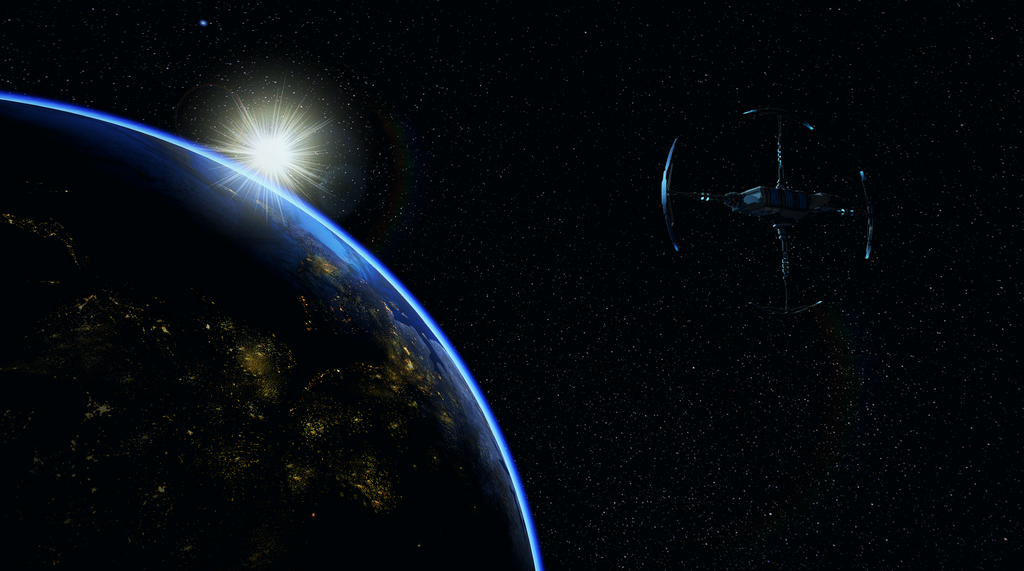



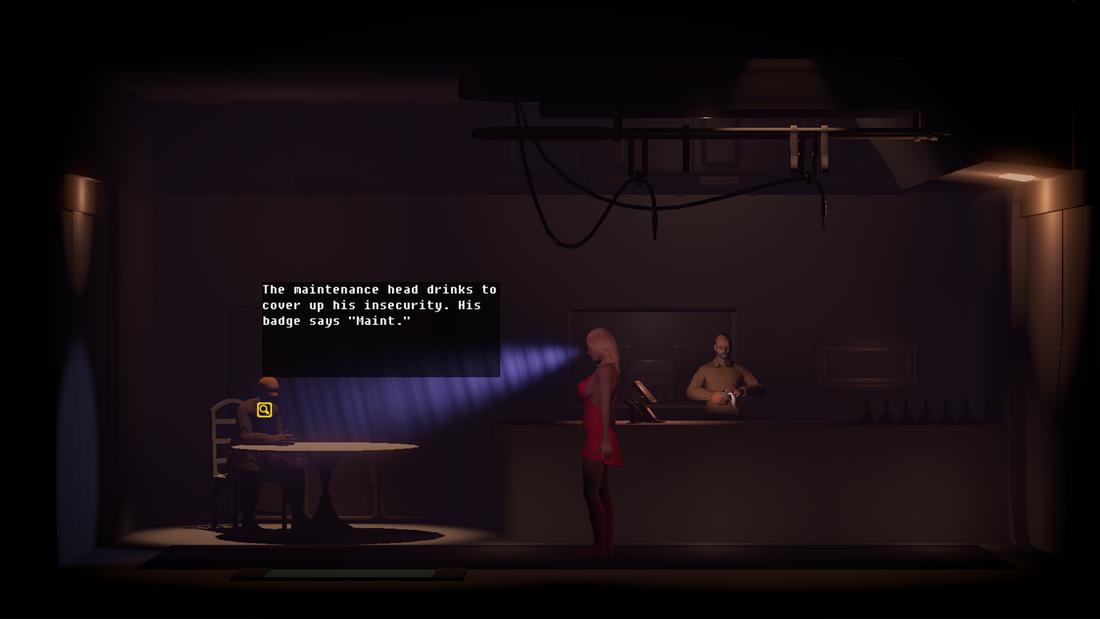


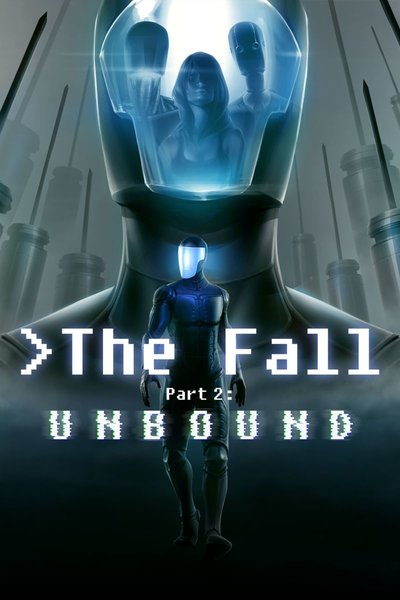
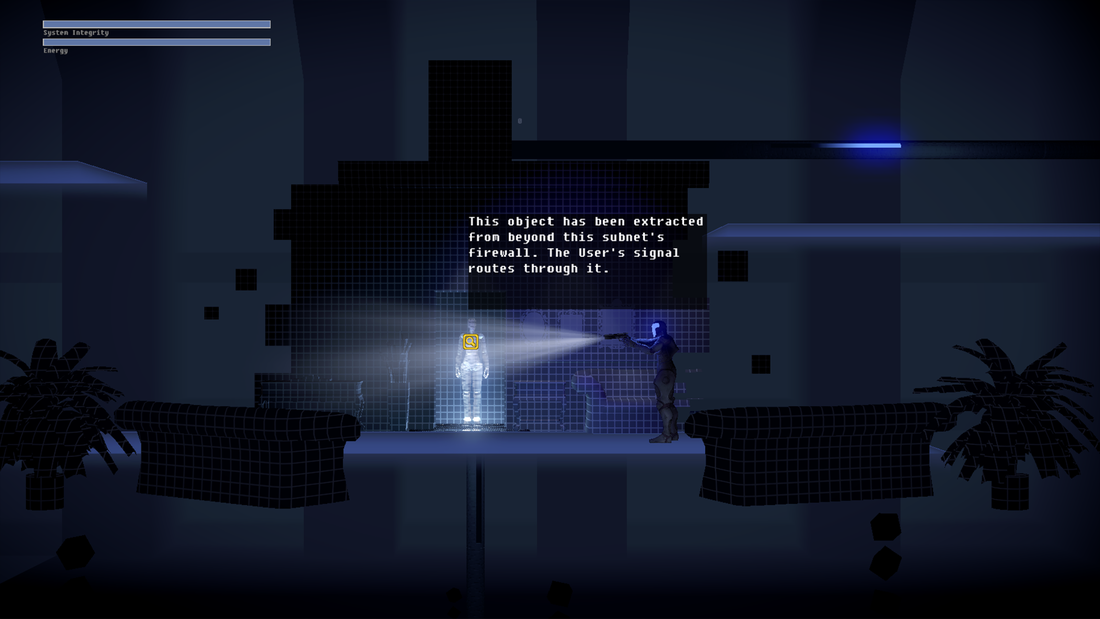
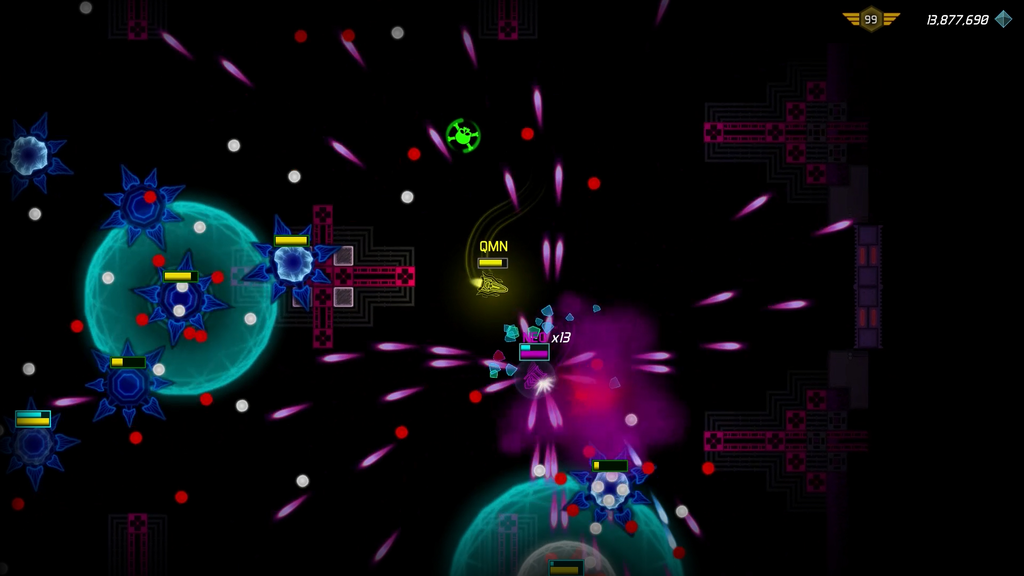


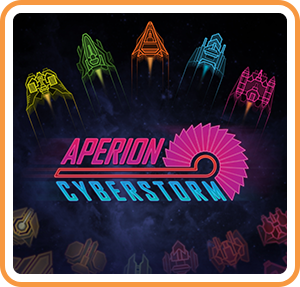
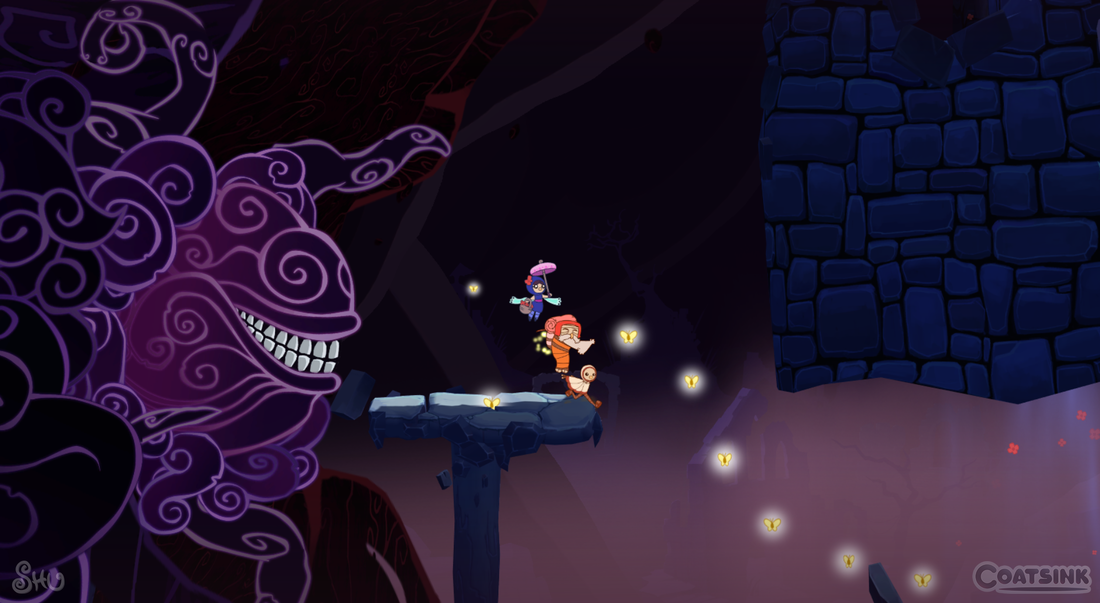


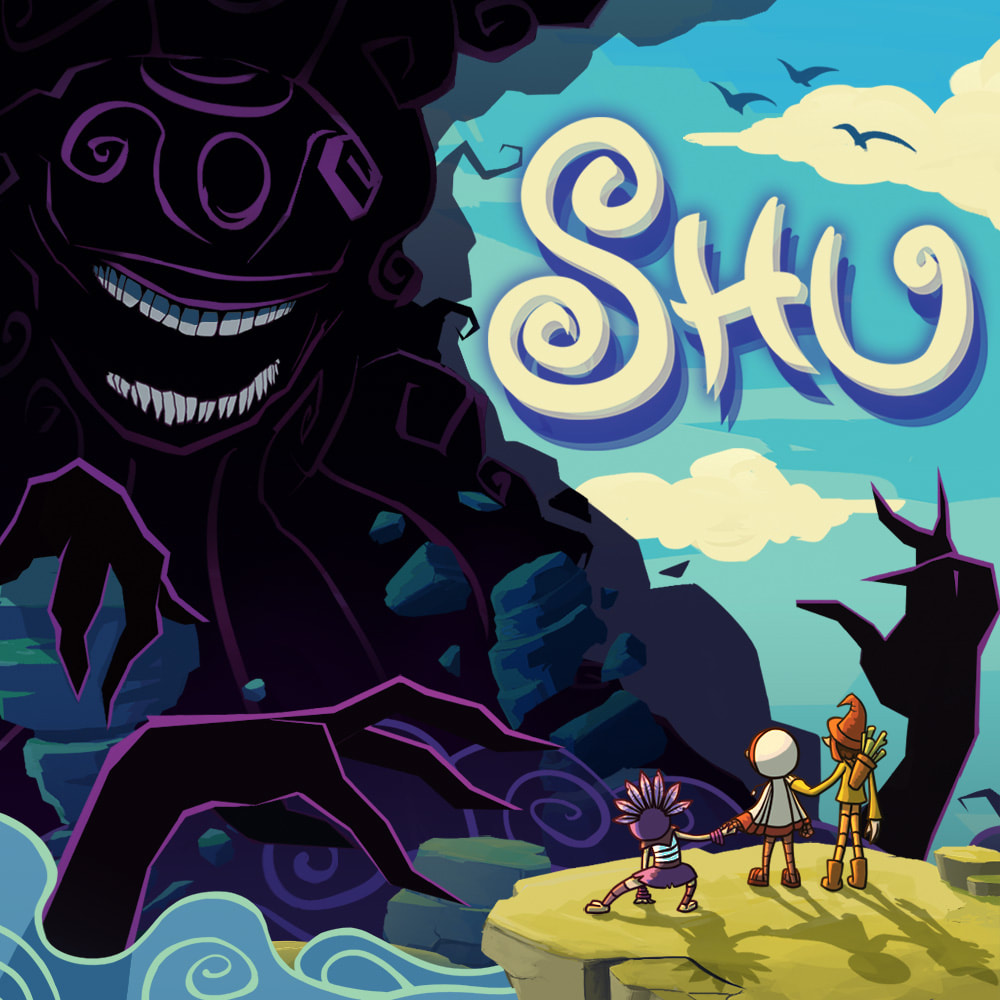
 RSS Feed
RSS Feed